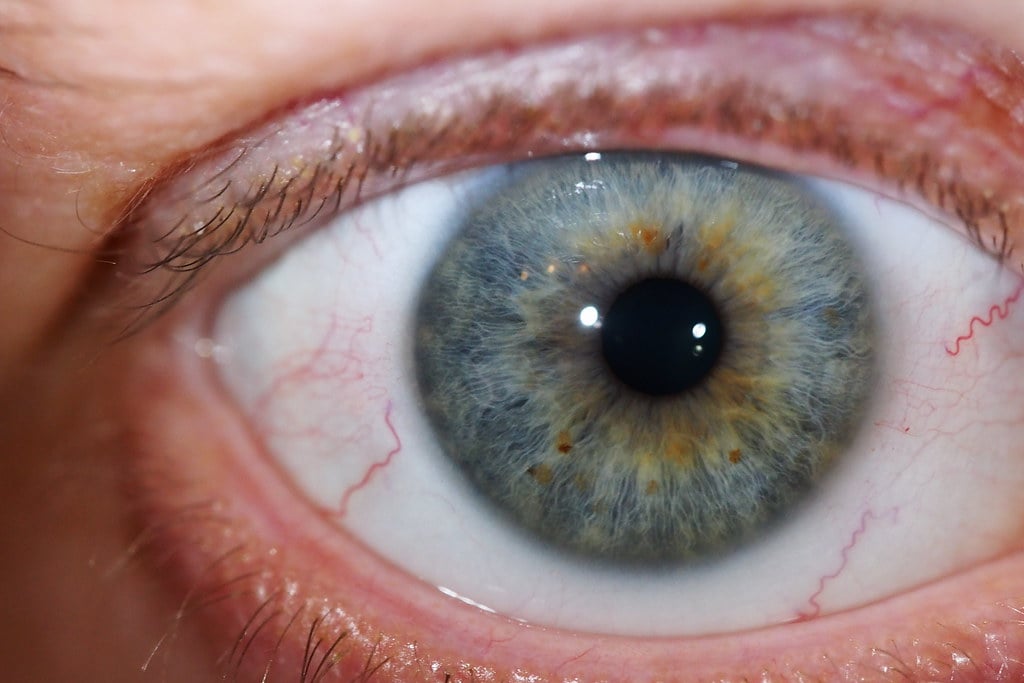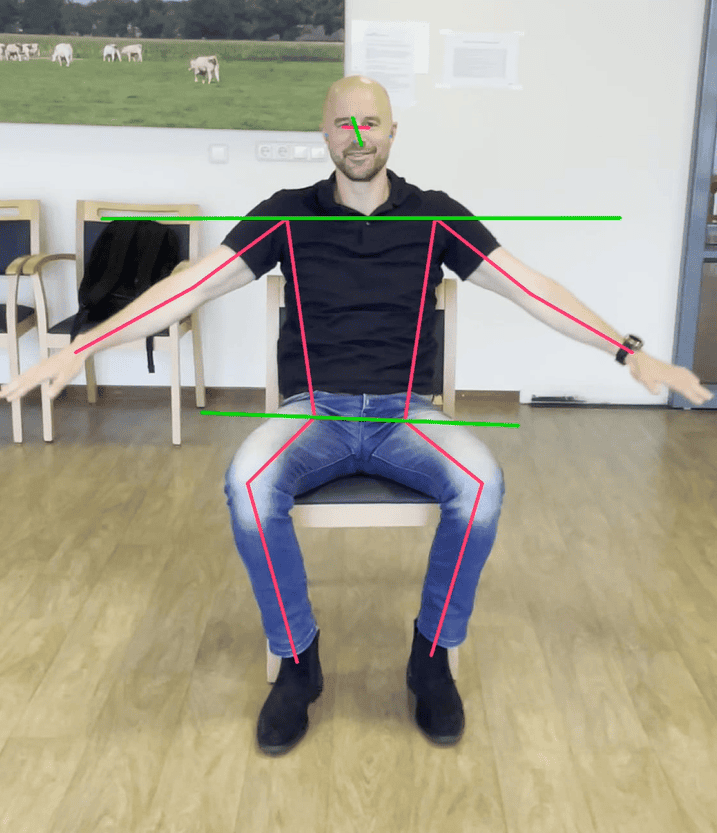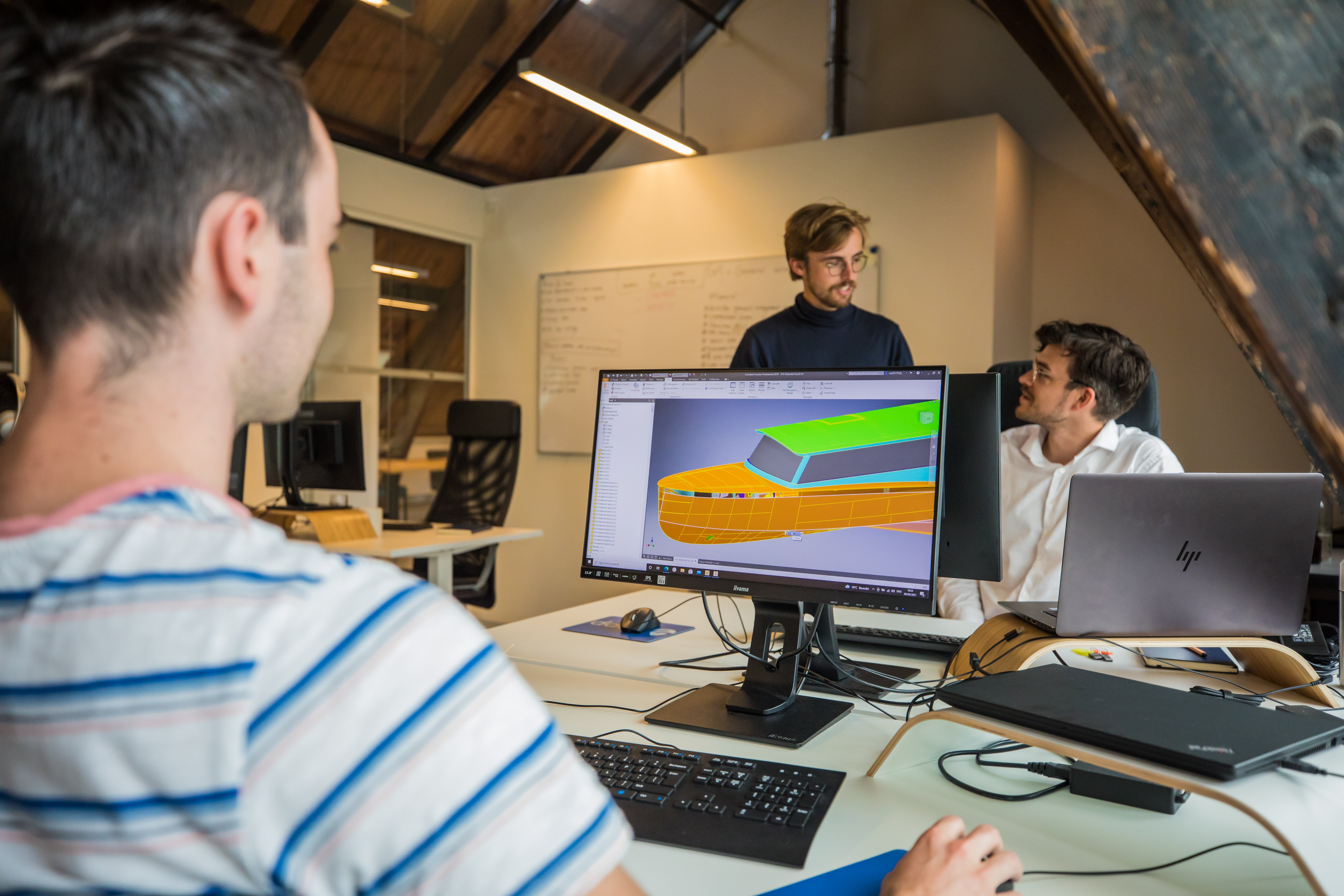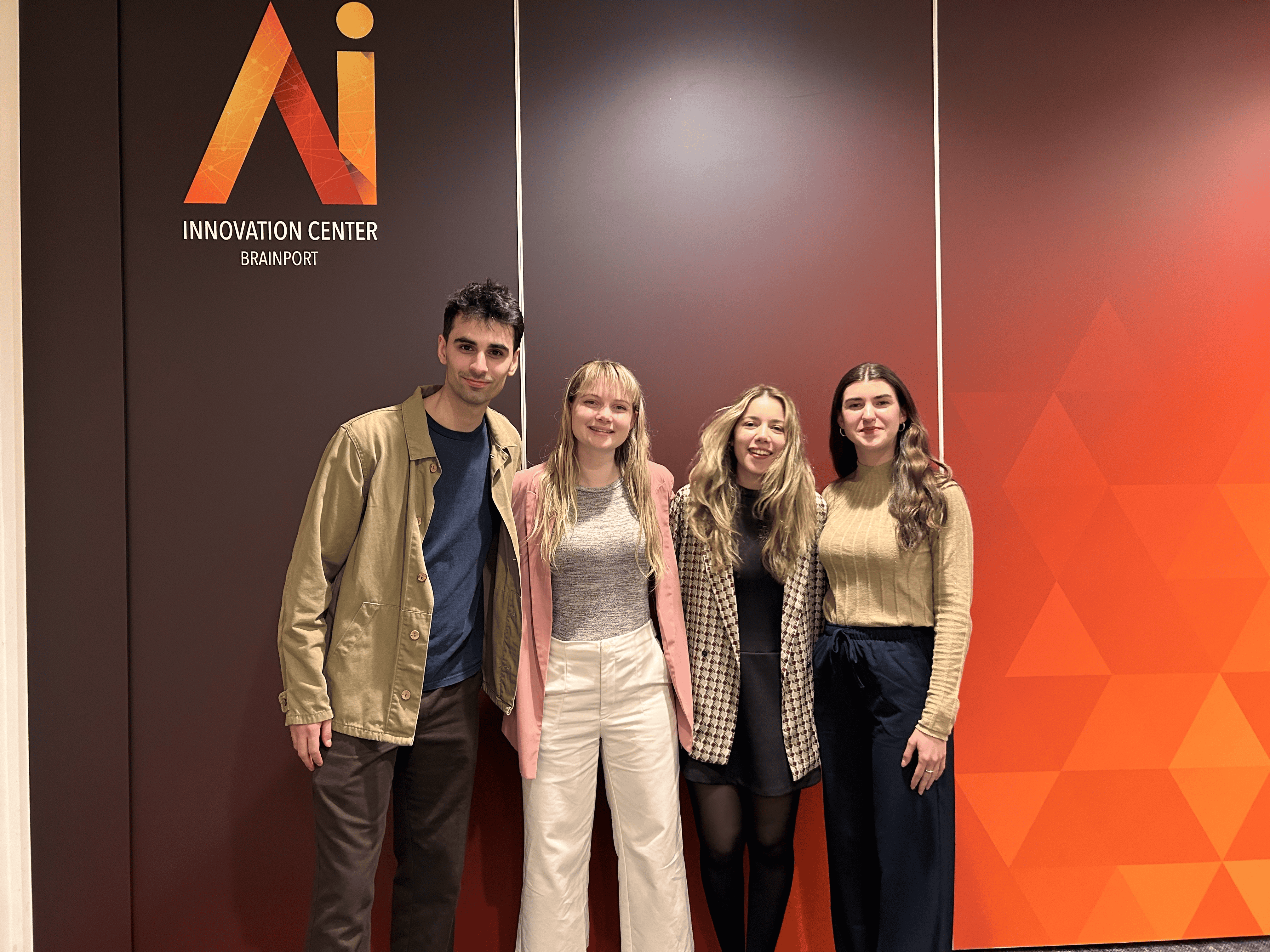
About Tarsier™ Pharma
- Founders: Daphne Haim-Langford
- Founded in: 2016
- Employees: 8
- Money raised: €2,5 million from EU innovation programme and private funding
- Ultimate goal: Development of new treatments against blinding eye infections to save the eyesight of patients.
Diseases that can cause loss of vision or blindness can rarely be fought without risk. Israel’s Tarsier™ Pharma has developed a new technology to change that. Founder Dr. Daphne Haim-Langford talks to IO about it.

What kind of diseases are we dealing with here?
“We are now mainly focusing on non-infectious uveitis. That’s an inflammation of the eye. Uveitis is often caused by autoimmune diseases; the immune system attacks an organ, triggering inflammation. Uveitis is dangerous because it leaves behind scar tissue, which works a lot worse than intact tissue. As a result, your eyesight may diminish, or you may even become completely blind. An extra awful fact about uveitis is that it is common among children and young adults.”
Also interesting: Saving lives with a new kind of pump inside the heart
How does your type of treatment differ from mainstream medicine?
“Inflammation of the eye is now treated by using steroids. That’s risky because those treatments aim to suppress the inflammation, which can only be accomplished by disrupting the immune system itself. This makes patients more susceptible to infectious diseases. Also, taking steroids can increase eye pressure, which can also lead to blindness in the long run. Our treatment, called TRS, does not suppress the immune system but instead reprograms it. The drug introduces a new molecule, so to speak, which attacks cells that are causing inflammation in such a way that they will actually start to heal the inflammation. This is a long-term solution for inflammation of the eye; whether it can be a lifelong solution, is something that we are currently testing.”
How does the treatment work exactly?
“We administer our drug simply through eye drops. This is enough to initiate healing in all inflammations on the front of the eye. Unfortunately, if the inflammation is at the back of the eye, TRS needs to be injected into the eye using an eye syringe. We are still exploring that method to make sure patients will ultimately need as few injections as possible.”
Will this be an affordable option for people with eye infections?
“Accessibility is very important to us. Since it is a very expensive medication to develop, we are going to set up a ‘Patient Access Program’ in the United States – and eventually in Europe – so that anyone who needs it can have access to TRS. We’ll start doing that straight away as soon as TRS is approved by the regulatory authorities.”
What do you still hope to accomplish?
“Where TRS is concerned, we are now in the final stage of development. As drugs, justifiably so, have to meet high safety requirements, the development phase always takes a very long time. However, thanks to subsidies and investments, we have been able to speed up that process quite a bit. Depending on how much additional funding we raise, we hope that we can submit the eye drops to the health authorities in 2023. On top of that, I hope to be able to contribute to gender diversity and the representation of women within the biological and medical sciences. There is still a significant lack of female role models in the entrepreneurial landscape. I am promoting the role of women within this sector not only by ensuring a diverse workforce myself, but also, for example, by refusing to be the only female speaker on panels. Equal opportunities in the entrepreneurial world are of key importance to me. Last December 2021, I won, together with two others, the EU prize for female innovators. That demonstrates that, fortunately, we are well on the way to changing things.”









